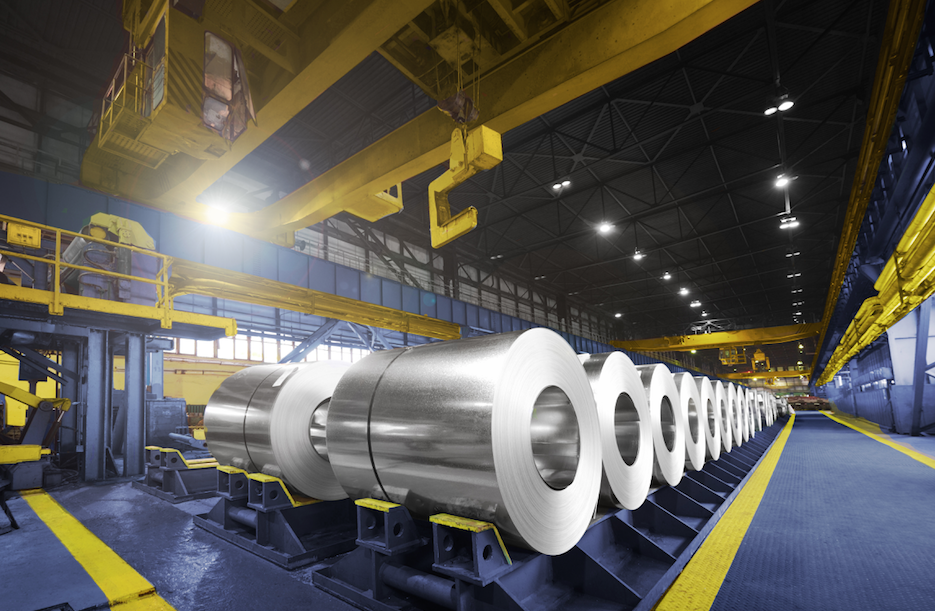
China’s aluminum production in 2020 rose 4.9% from the prior year to a record 37.08 million tonnes as smelters cashed in on soaring prices, with December output hitting a monthly all-time high even as the rally cooled.
Primary aluminum production in December was 3.27 million tonnes, the National Bureau of Statistics (NBS) said on Monday. That was up 2.8% from 3.182 million tonnes in November, which had one less day, and beat the previous monthly record of 3.2 million tonnes in October.
Full-year output in China, the world’s largest aluminum producer, surpassed the last annual peak of 35.802 million tonnes for 2018, Reuters records of NBS data show. Production had dropped in 2019 for the first time in a decade.
Shanghai aluminum prices fell 4.2% in December as a spectacular rebound from the coronavirus outbreak that saw them gain 22.5% over 2020 ran out of steam. They remained well above break-even levels for Chinese smelters, however.
CRU analyst Wan Ling said another 300,000 tonnes of annual smelting capacity was put into production in December, in Inner Mongolia and the emerging smelting hub of Yunnan.
That by far exceeds the 20,000 tonnes of annual capacity Wan estimates has been cut for the winter heating season.
She sees aluminium production in China, which aims to cap its annual capacity at around 45 million tonnes, growing by another 6.5% in 2021.
Meanwhile, production of 10 nonferrous metals – including copper, aluminium, lead, zinc and nickel – rose 8.6% year-on-year in December to 5.75 million tonnes, setting a new monthly record above the previous peak of 5.492 million tonnes in November.
Annual output for this group – which also includes tin, antimony, mercury, magnesium and titanium – also hit a record high, rising 5.5% from 2019 to 61.68 million tonnes.
(By Tom Daly and Emily Chow; Editing by Richard Pullin, Stephen Coates and Kim Coghill)
Comments